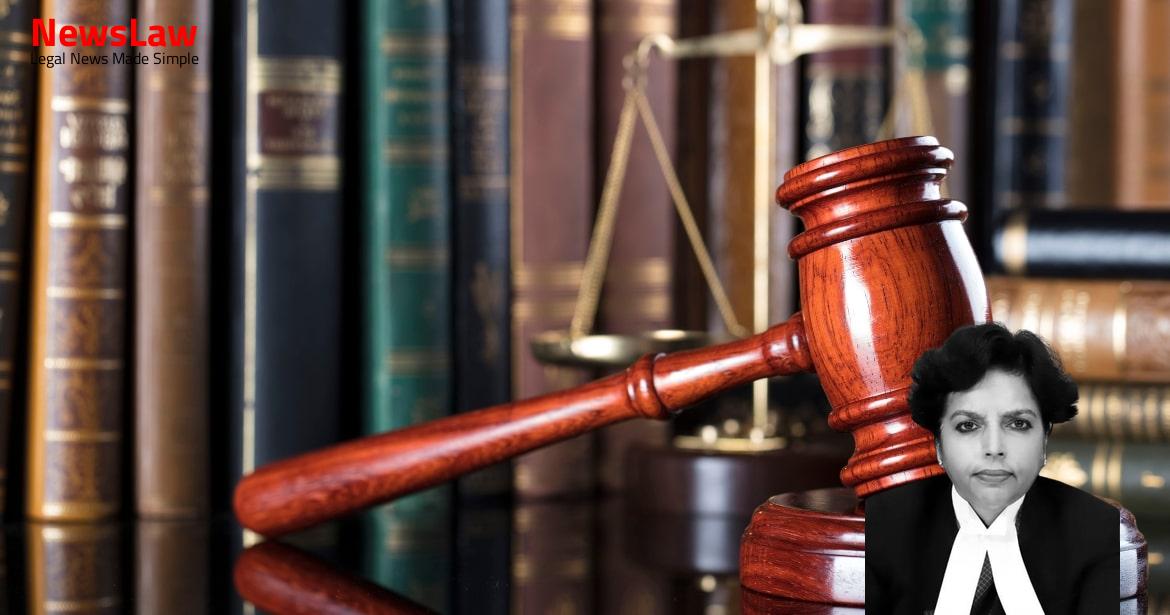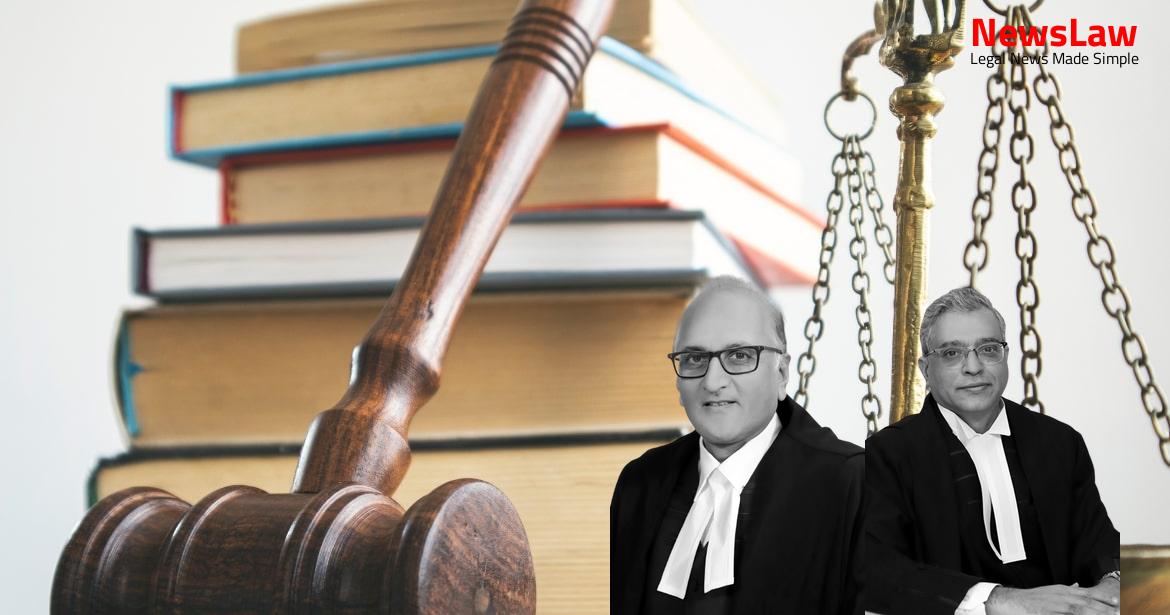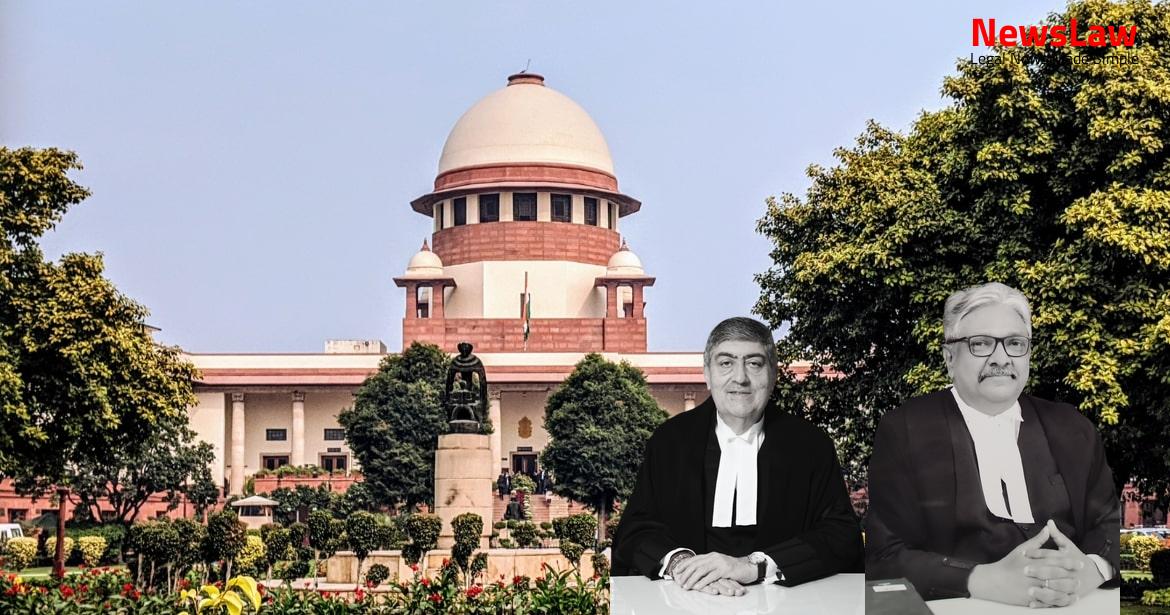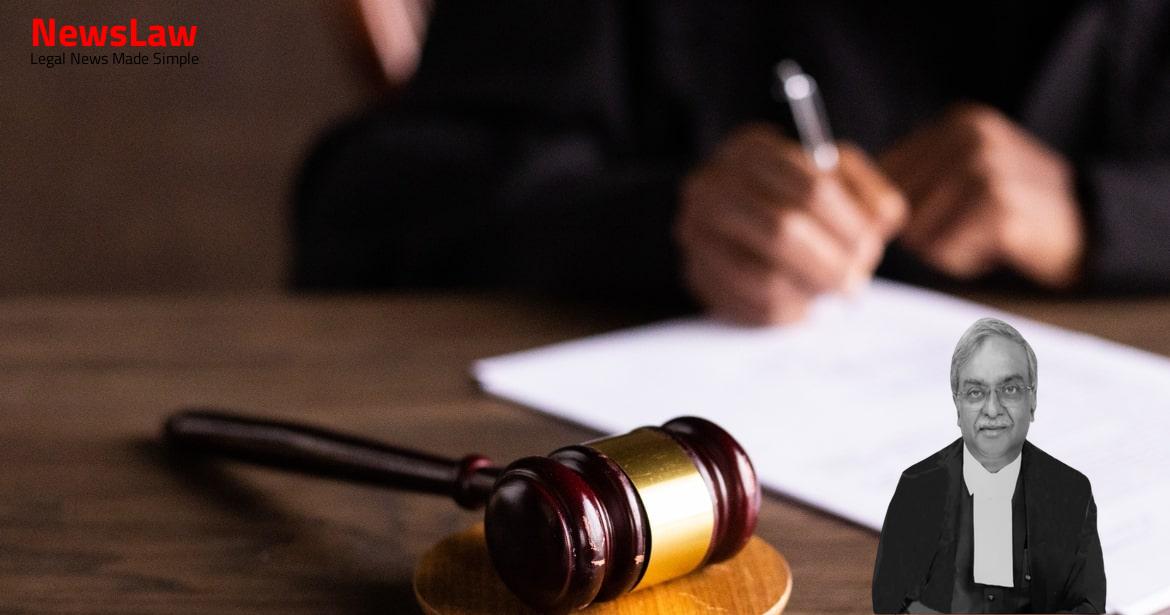In a recent legal case, the court delves into the intricate process of determining juvenility based on age documents, emphasizing the significance of authentic records. The court’s insightful legal analysis offers valuable insights into the complexities of age determination in juvenile cases. Let’s unravel the details of this intriguing case!
Facts
- Trial court sought opinion of medical board under rule 12(3) without clear finding against birth certificate
- 4th Additional Sessions Judge conducted inquiry as directed by Sessions Judge
- Certificate indicated first respondent’s date of birth as 30 January 1999
- Police registered FIR against first respondent for using fabricated documents in judicial proceedings
- Inquiry report found forged matriculation mark sheet and discrepancies in birth details
- 4th Additional Sessions Judge sought medical opinion due to lack of age confirmation document
- High Court set aside report, relied on birth register extract showing discrepancies
- Detailed inquiry conducted on juvenility plea based on fabricated documents
- First respondent alleged to have committed offenses including gang rape as a minor
- Committee formed in May 2022 submitted a report concluding plea of juvenility was based on fabricated documents
- The police filed a charge sheet against the first respondent and his counsel for various offences in FIR No 292/2015.
- The first respondent claimed to be a juvenile at the time of the incident in FIR No 292/2015.
- The High Court initially accepted the first respondent’s claim based on his birth certificate and school records.
- The High Court later reversed its decision based on contradictory evidence and the lack of proof of the birth certificate’s validity.
- The District Medical Board provided an age range for the first respondent based on medical evidence and literature.
Also Read: Balancing Power and Transparency: Electoral Bonds Struck Down, Disclosure Mandated
Analysis
- The High Court erred in relying on a fabricated birth certificate issued by the municipal authority to determine the juvenility of the first respondent.
- The report of the 4th Additional Sessions Judge contained reasons for concluding that a fabricated record was produced to support the plea of juvenility.
- The Juvenile Justice Act of 2015 replaced the 2000 Act.
- In the absence of key documents, medical opinion could have been sought from a Medical Board.
- Records maintained by the school were found to be without underlying documents, leading to doubts about their accuracy.
- Rule 12(3)(a) of the 2007 Rules allows for obtaining evidence for the ‘age determination enquiry’ of a child or juvenile through specific documents like matriculation certificates, date of birth certificates from the first school attended, or birth certificates issued by authorities.
- Section 7-A of the 2000 Act outlines the procedure to be followed when a claim of juvenility is raised in court.
- Rule 12(3) of the 2007 Rules details the procedure for determining age by a court or the Juvenile Justice Board.
- In Ashwani Kumar Saxena v. State of Madhya Pradesh, the court held that medical examination for age determination is only necessary if documents under rule 12(3)(a) are found to be fabricated.
- In Abuzar Hossain v. State of West Bengal, it was noted that the credibility of rule 12(3)(a) documents depends on the circumstances of each case, and the plea of juvenility may be rejected based on clear evidence like school records.
- Rishipal Singh Solanki v. State of Uttar Pradesh upheld the credibility of a matriculation certificate for age determination, as it was corroborated by school admission records, with no conflicting evidence found.
- In the present case, the accused’s date of birth recorded by the school was disregarded due to being based on a forged transfer certificate.
- Sanjeev Kumar Gupta v. State of Uttar Pradesh emphasized the importance of maintaining the authenticity of matriculation certificates for age determination enquiries, referencing prior decisions for guidance.
- The medical board’s report confirmed that the first respondent was not a juvenile.
- The State of Madhya Pradesh highlighted the report of the medical board to the Court.
- The High Court made a mistake in accepting the claim of juvenility.
- The evidence presented by the first respondent to support the claim of being a juvenile was found to be fabricated.
Also Read: Recall of Resolution Plan Approval: Legal Analysis
Decision
- Pending application disposed off.
- Report of the 4th Additional Sessions Judge, Satna, rejecting plea of juvenility sustained.
- Appellant’s name redacted and reflected as ‘XYZ’ in the record.
- Appeals allowed, impugned judgments of the High Court dated 22 August 2016 set aside.
Case Title: XYZ Vs. ABHISHEIK SINGH (2022 INSC 905)
Case Number: Crl.A. No.-001408-001409 / 2022



